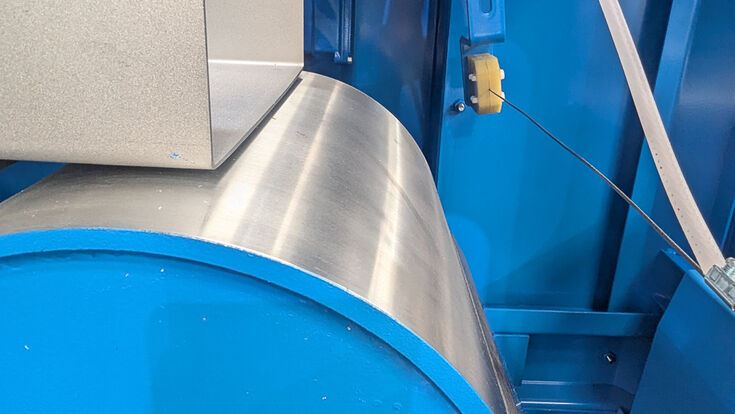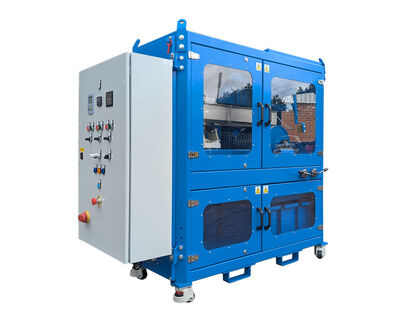Metal Recycling : Electrostatic separators power new frontiers in recycling research

Inside the ElectroStatic Separator
- © BuntingAs waste management becomes more sophisticated, separating fine metals from materials like batteries and electronics remains a complex challenge. Bunting Magnetics, a global leader in separation technology, is responding to this with advanced electrostatic separation systems. In May 2025, the company completed production of three such laboratory-scale separators, now destined for university research labs in the UK, Finland, and Morocco.
Electrostatic separators leverage differences in electrical conductivity to isolate specific materials. In practice, they distinguish between insulators such as plastics and conductors like copper and aluminum, enabling precise material recovery. This selective process is crucial when dealing with finely crushed or liberated material typically found in late-stage recycling.
Advancing academic exploration
Bunting’s laboratory-scale systems are now becoming staples in university laboratories focused on environmental and recycling research. These separators provide institutions the capability to simulate full-scale industrial processes in a controlled academic setting.
“We are witnessing a growth in the range of applications for the ElectroStatic Separator,” explained Professor Neil Rowson, Bunting Magnetics’ Laboratory Manager. “Often the ElectroStatic Separator is only considered when all other separation avenues have been exhausted. We are working closely with many Universities, research institutes and companies, assessing and further developing this technology to successfully solve exceptionally difficult separation problems.”
By adding this equipment to their toolkit, universities gain access to a powerful means of conducting experiments on emerging recycling processes—such as recovering metals from lithium-ion batteries used in electric vehicles or reclaiming valuable components from e-waste.
Supporting the next generation of waste solutions
In modern recycling plants, electrostatic separation typically follows initial removal steps involving magnetic separators and eddy current systems. These earlier stages extract bulk magnetic and non-ferrous metals. The remaining finely granulated material—still rich in valuable resources—then becomes the focus of electrostatic technology.
With tight particle size distribution and proper material liberation, electrostatic separators excel in isolating residual metals that conventional systems miss. This makes them invaluable in efforts to close the loop on material reuse, reduce landfill dependency, and support the circular economy.
Bunting Magnetics not only supplies these systems but also ensures they are used to their fullest potential by providing training for university technicians. This practical support ensures that the separators are integrated seamlessly into the broader research process, amplifying their contribution to sustainable waste management.
As universities worldwide invest in new technologies to address environmental challenges, partnerships with industry pioneers like Bunting Magnetics exemplify how academia and engineering innovation are converging to reshape the future of recycling.

